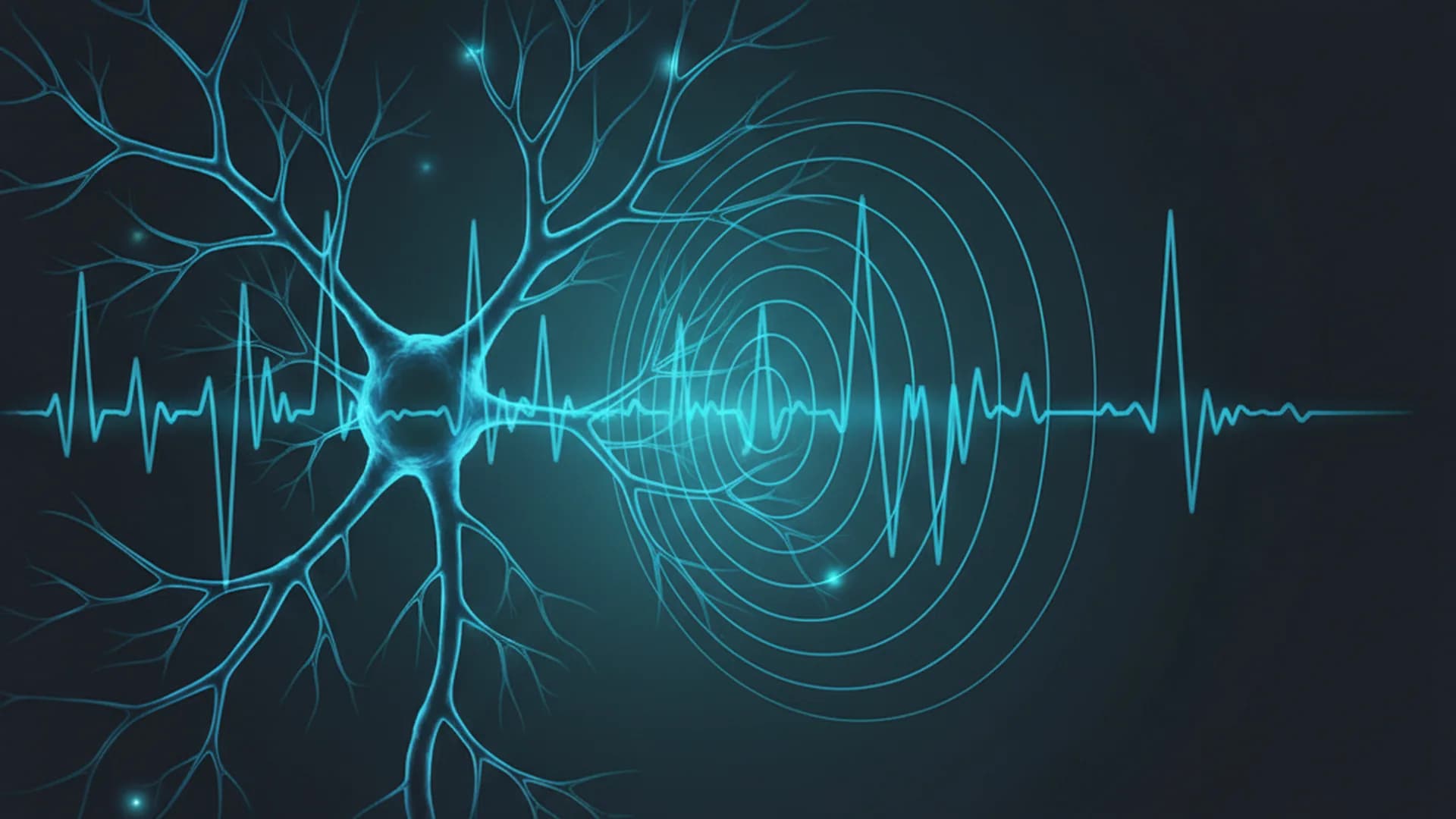Sparse Neurons Are Master Conductors of Brain's Blood Flow and Neural Rhythms
Source PublicationeLife
Primary AuthorsTurner, Brockway, Hossain et al.

The intricate coordination between the brain's neural activity and its blood supply, known as neurovascular coupling, is fundamental for proper brain function, arousal, and cognition. While crucial, the specific mechanisms orchestrating this dynamic interplay have remained largely unknown. This study set out to unravel the critical role of a particularly sparse, yet genetically distinct, population of interneurons—type-I nNOS neurons—in regulating these complex brain-wide dynamics.
To investigate, researchers employed a novel pharmacological strategy involving the targeted ablation of type-I nNOS neurons in the somatosensory cortex of mice. This precise removal of specific cells, using a saporin conjugated to a substance P analog, revealed their profound impact. The absence of these neurons led to significant disruptions in both neural activity and vascular dynamics, including decreased power in the delta-band of local field potentials, reduced sustained vascular responses to prolonged sensory stimulation, and the elimination of the post-stimulus blood volume undershoot. Furthermore, the coordination of brain signals across hemispheres, specifically gamma-band power envelope and blood volume coherence, was diminished, suggesting a role in long-range integration.
The findings underscore that this small population of type-I nNOS neurons is indispensable for regulating a wide array of neural and vascular processes, including the amplitude of resting-state blood volume oscillations and vasomotion itself. Despite their sparsity, these neurons exert a disproportionately large influence on brain function. As lead author Turner notes in the paper, "These experiments point to type-I nNOS neurons as having a large effect on vascular dynamics despite their smaller contribution in driving overall neural activity." This discovery not only provides vital insights into how the brain maintains its delicate balance but also raises a compelling possibility: the loss or dysfunction of these specific neurons could directly contribute to the development of serious neurological conditions, such as neurodegenerative diseases and sleep disturbances.